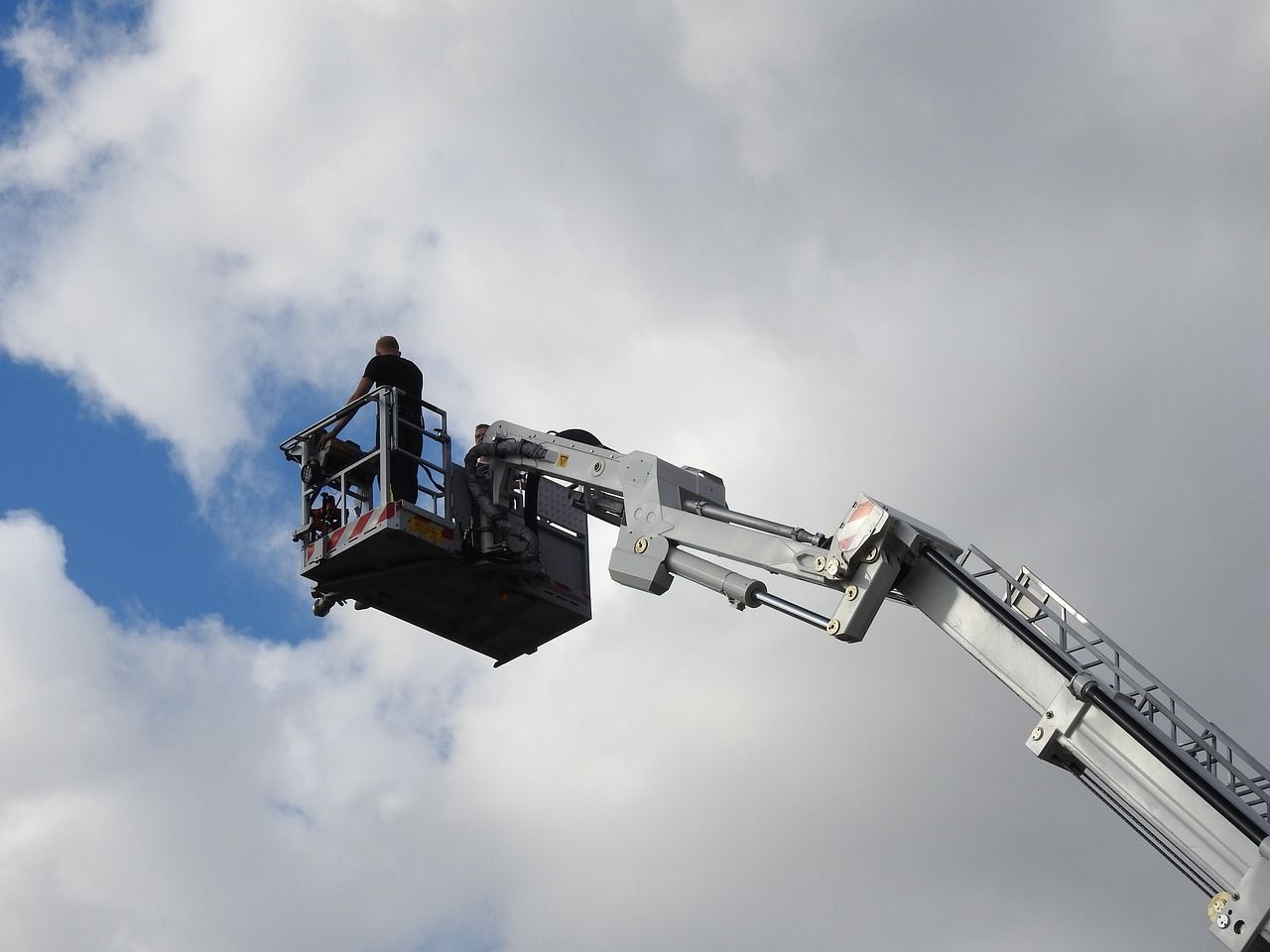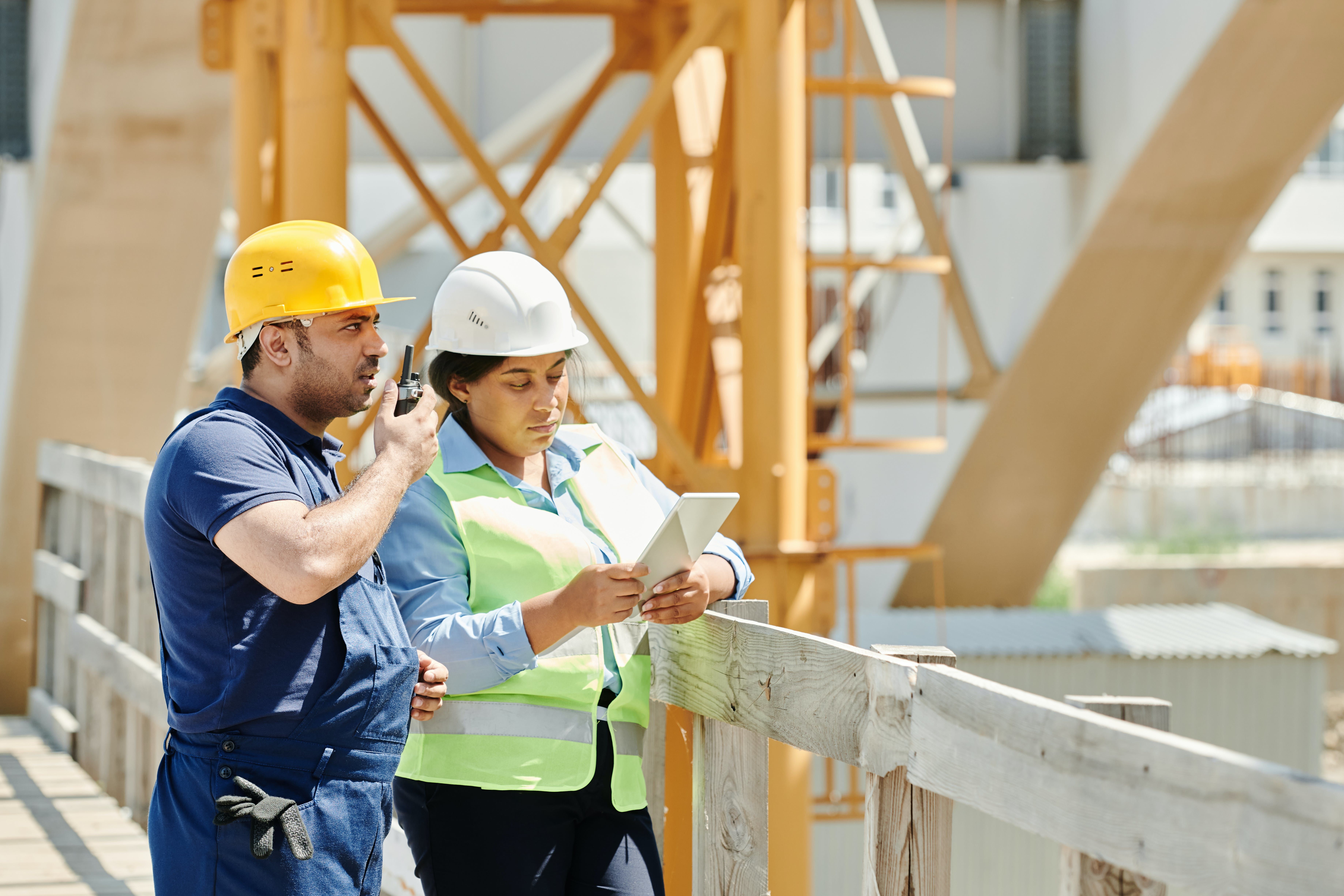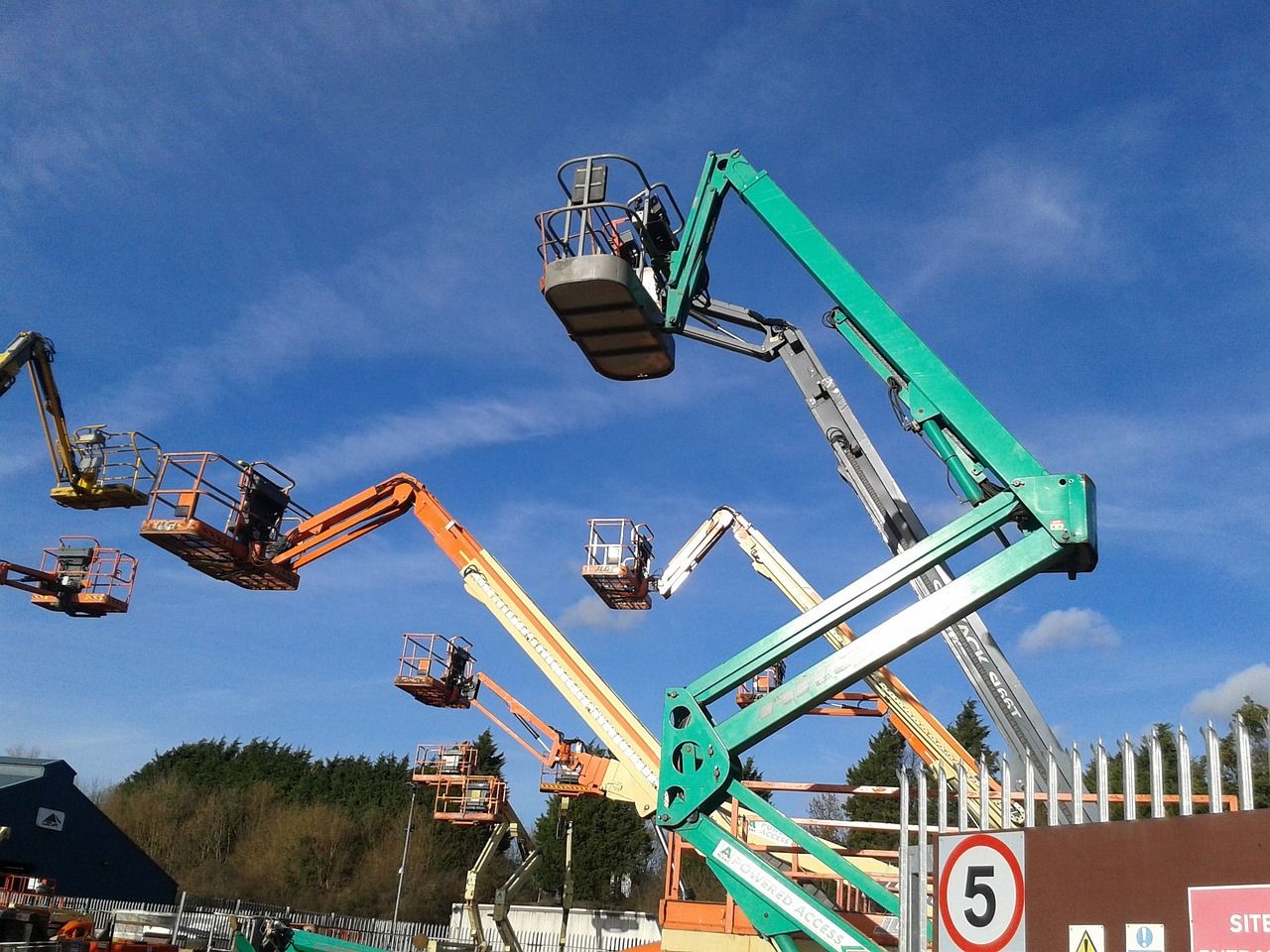Phone (02) 4964 9406
Mobile 0405 758 535
Email training@allclass.net.au
Address 10 Kilcoy Drive, Tomago NSW 2322

SafeWork NSW inspectors regularly “blitz” construction sites to ensure workers are compliant and working safely at heights (for some insight, see the 2020 blitz report from SafeWork NSW). If you and your team are not addressing the risks associated with falling from heights, you could receive an on-the-spot fine.
Elevated Work Platforms (EWPs) should be inspected prior to use and can be reported and viewed in the pre-operational inspection checklist found in the logbook.
To make the process easier, we’ve shared some basic information to include in your checklist based on SafeWork NSW requirements. Plus, we cover some FAQs about working at heights and the benefits of refresher courses and training.
Note: this is basic information only, and we recommend contacting SafeWork NSW on 13 10 50 for more information about how to protect yourself and your team from the risks of working at heights.

Falls from heights are one of the leading killers on NSW construction sites. With this in mind, SafeWork NSW has created a simplified checklist for their construction “blitz” and a list of items you must check prior to operating an elevated work platform (EWP).
This is to be used by principal contractors and site supervisors to complete basic inspections and look for common hazards relating to working at heights.
You can view a guide here from Safework Australia. Please note that this is a guide only and you should always follow manufacturer’s specifications when doing a pre-start check.

Whether you have extensive experience working at heights or you’re in training, you will undoubtedly come across areas of compliance that are unclear or confusing. With this in mind, we have answered some FAQs about working at heights and EWPs to ensure you work safely and responsibly.
There’s no one-size-fits-all answer to this question, as it depends on the working load limit of the EWP. The total weight of the personnel, tools and material being loaded onto the platform must not exceed the EWP’s rated load capacity — to find this information, refer to the safe working load decal displayed on the EWP.
Mobile EWPs (or wheel-mounted EWPs) supported on wheels when elevated must be free of damage that could result in instability.
Most self-propelled mobile EWPs are fitted with solid or foam tyres, but some are fitted with pneumatic tyres. In this case, the EWP must not be able to elevate without activating the in-built stabilisers, and the tyres must be: F
You must also be aware of overhead structures and follow a “lower-before-travel” policy so you can completely clear any overhead structures before driving or travelling in the unit. This includes powerlines — extreme caution must be used when operating a mobile EWP near powerlines.
Other rules include:
The positioning of a mobile EWP must be carefully assessed, especially where there are overhead powerlines, underground services, high winds, slopes and ground cavities. The condition of the ground surface should also be assessed to ensure the work can be performed safely and effectively from the platform.
When planning positioning, ensure that access to the emergency descent device is not obstructed and all operations can be performed within the exclusion zone.
At All Class Training, we offer nationally-accredited EWP training. At our state-of-the-art facility in Newcastle, NSW, you will learn the essential skills required to work safely at heights and secure the safety of you and your teammates. Contact us to book EWP training today.